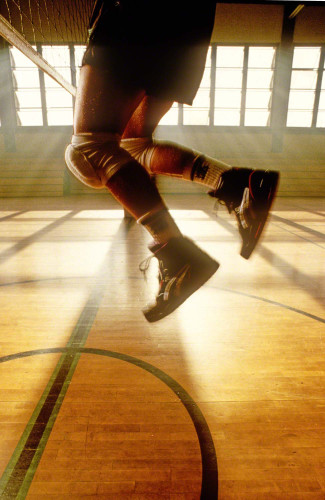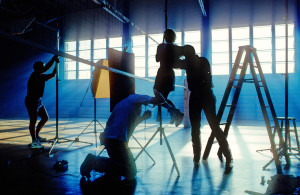For those out there that have been following these posts, I hope you’re enjoying them as much as I did when I was taking them…way back when Adobe was a type of house in the southwest part of the country.
It was never in question whether I could solve the clients problem or not. If I took on the project, then there could be only one ending…a happy one where everyone lived happily ever after. If there wasn’t a happy ending, you never worked for that advertising agency again. you became persona non grata. If the art director, writer, or account executive went to another agency, and it happened all the time, your name went with him.
There wasn’t anything to help you in those days in the form of post processing. Hell, in the early days there weren’t even computers…just me and my Kodachrome 25.
I teach an online class with the BPSOP, and I also conduct my “Stretching Your Frame of Mind” workshops around the planet. In both cases, I ask my fellow photographers to not use any post processing. Everything they submit has to be right out of the camera. I want people to become better photographers, not better computer artists or digital technicians. Don’t get me wrong, I’m not some old guy that can’t change with the times; quite the contrary. I use CS5 to some degree on just about every image I take…why not? Having said that, I like the challenge of getting it in one exposure, one click, and in the camera. To me that’s what being a good shooter is all about.
The above photo was part of an advertising campaign for Asics Tennis Shoes. This particular shoe was worn by members of the Woman’s Olympic Volleyball team, and the client wanted a shot that was full of action while showing the shoe.
I created a way to make it look as if she was jumping for a ball by building a frame that could support her weight. In those days getting it without the use of electronic flash just wasn’t going to work. We built a harness that had a large bungee cord attached to the top. We could pull her down, let go, and it would spring back with her with it. I used a shutter speed that was slow enough to record the ambient light in the gym, and a synch delay that would fire the large strobe in the soft box at the end of the exposure instead of the beginning. This is what creates the slight blur and feeling of motion. When we pulled her down and let go she sprang back up we would click the shutter at that moment.
Right before I started to shoot, we wafted some fog juice to add to the drama.
Since it was before digital, I could only get an idea of what I was getting by taking a small 35mm polaroid before the actual shot. After that, I would bracket all over the reading my meter gave me. If it wasn’t right on the money, I had nothing to help make it right. Back then, it was just the way it was and if you didn’t think you could pull it off, you just didn’t do it.
I never turned these kinds of assignments down. I loved the challenge of solving the problem, and never thought I couldn’t do it.
Visit my website at: www.joebaraban.com and watch for my schedule at the top of this blog.
JoeB






